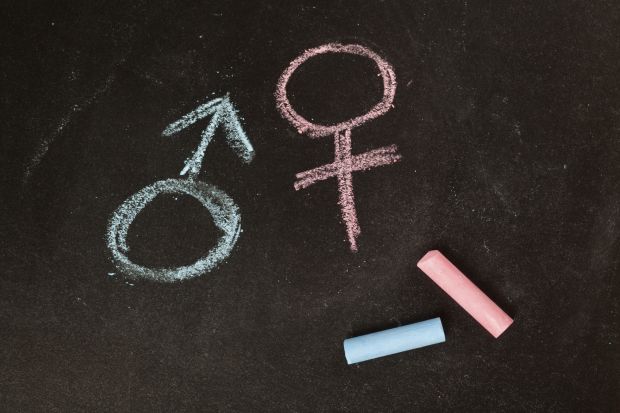Coronavirus has exacerbated gender inequities in the Asia-Pacific science, technology, engineering and mathematics workforce, with almost half of female professionals unable to adjust their working arrangements to lockdown realities.
A survey by the Australian Academy of Science has found that only 56 per cent of women with caring responsibilities have flexible work arrangements. This has aggravated the impacts of a health crisis that has impeded their access to research facilities, reduced their productivity and jeopardised their mental health.
“The pandemic is having a detrimental impact on women, and there is a real risk that any progress made pre-pandemic in gender equity in STEM could be jeopardised,” said past academy foreign secretary Cheryl Praeger. “The aftershocks could reverberate through the post-pandemic recovery.”
The academy surveyed 853 women in 28 Asia-Pacific countries – one-third in Australia and another third in South Korea, China and New Zealand – as part of a broader research project that also included an evaluation of current projects, an online workshop and a “call for personal stories”.
It found that gender equity had been reduced by “changes in lifestyle” and the blurring of boundaries between work and home, as female scientists weathered extra domestic responsibilities.
The study found that female scientists in particular had fallen foul of a publish-or-perish culture during the crisis. “There has been a reduction in the quality and quantity of research publications, which is likely to harm funding prospects in the future,” it says.
University administrators should “recognise that publications alone are not an effective measure of productivity and success in STEM”, it says. More emphasis should be placed on “flexible measures” such as teaching, mentoring and collaboration.
The research found that women were bedevilled by insecure work arrangements, with 39 per cent of early career female professionals languishing on fixed-term contracts. These problems often persisted, with 23 per cent of mid-career women and 19 per cent of established counterparts stuck on fixed-term contracts.
Women’s representation among STEM graduates in the region was also well below 50 per cent and as low as 15 per cent in some countries, the research found. “In Australia, considered an advanced economy, only 13 per cent of STEM-qualified occupations were undertaken by women in 2020,” it says.
“As well as being disproportionately underrepresented in the STEM workforce in general, women are more likely to be in roles that are less senior and less secure.” Some 47 per cent of female university staffers were employed casually, the research found.
Register to continue
Why register?
- Registration is free and only takes a moment
- Once registered, you can read 3 articles a month
- Sign up for our newsletter
Subscribe
Or subscribe for unlimited access to:
- Unlimited access to news, views, insights & reviews
- Digital editions
- Digital access to THE’s university and college rankings analysis
Already registered or a current subscriber? Login








